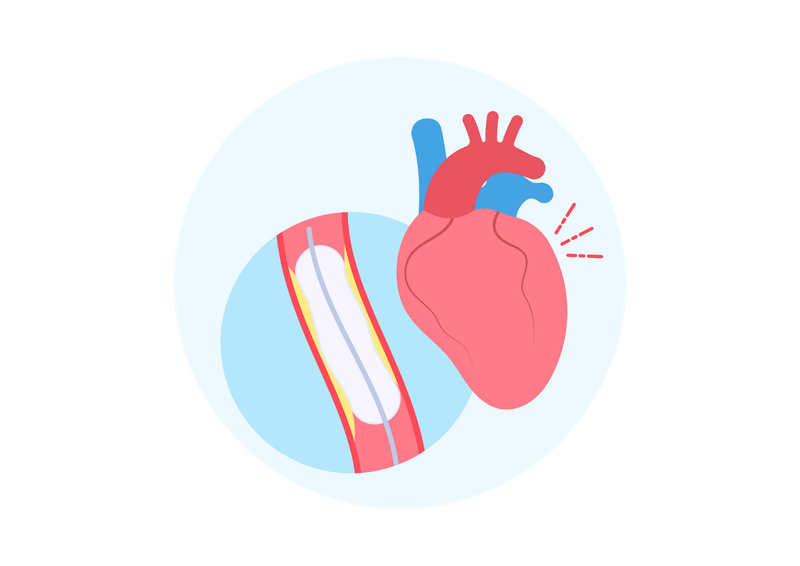BRONCHIAL ARTERY EMBOLIZATION (BAE)

Bronchial artery embolization (BAE) is a minimally invasive procedure used to treat bleeding in the lungs (hemoptysis). It is typically performed when other treatments, such as medications or surgery, are not effective or safe.
Causes
BAE is most commonly used to treat hemoptysis caused by:
- Bronchiectasis: A chronic lung condition that causes the airways to become enlarged and inflamed.
- Pulmonary tuberculosis: A bacterial infection that can damage the lungs.
- Aspergillosis: A fungal infection that can damage the lungs.
- Cystic fibrosis: A genetic disorder that can cause mucus to build up in the lungs and airways.
- Cancer: Lung cancer and other types of cancer can sometimes cause hemoptysis.
Treatment
During BAE, a thin tube (catheter) is inserted into a blood vessel in the groin and threaded up to the lungs. A special dye is then injected into the catheter to visualize the bronchial arteries. Once the bleeding artery is identified, embolic material is injected to block the blood flow to the bleeding area.
Embolic materials can include:
- Gelatin sponge particles
- Polyvinyl alcohol (PVA) particles
- Tris-acryl gelatin microspheres
- Thrombin
- N-butyl cyanoacrylate (NBCA)
The type of embolic material used depends on the patient's individual situation and the doctor's preference.
Advantages of BAE
- Minimally invasive
- Low risk of complications
- High success rate
- Can be used to treat patients who are not eligible for surgery
Disadvantages of BAE
- May need to be repeated if the bleeding recurs
- Can cause chest pain, coughing, fever, and infection
- Rare but serious complications, such as stroke and heart attack, can occur
Overall, BAE is a safe and effective treatment for hemoptysis. It should be considered for patients with life-threatening or recurrent hemoptysis that is not responding to other treatments.
For any Queries or Appointment please call +91-9451030480